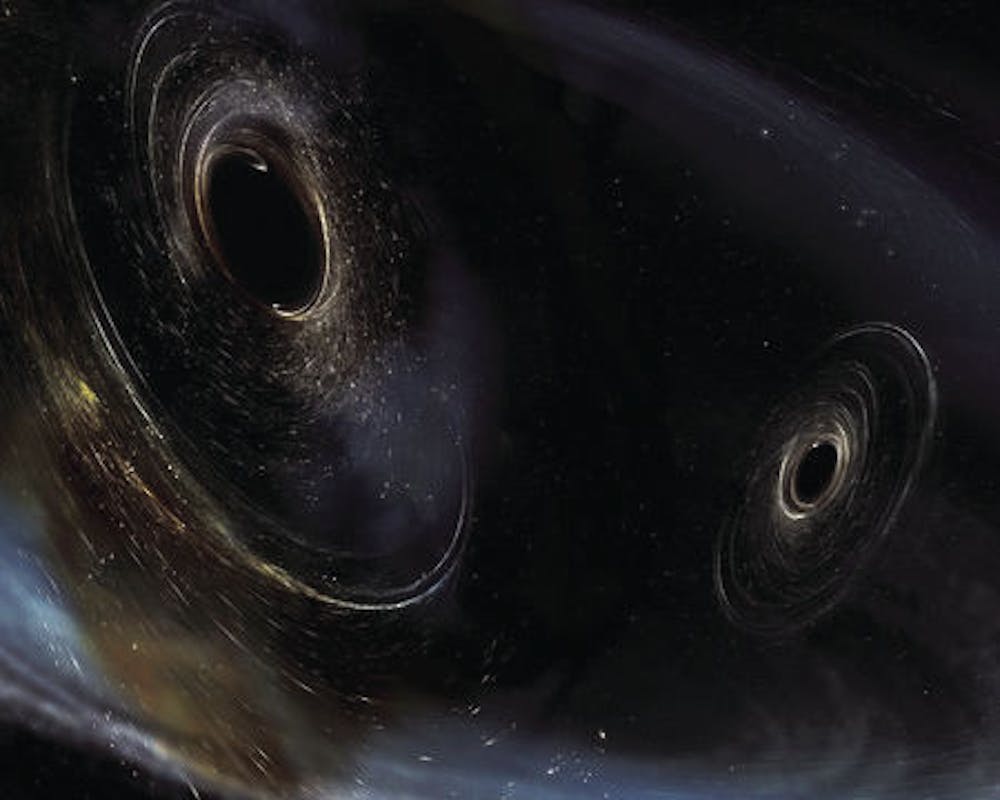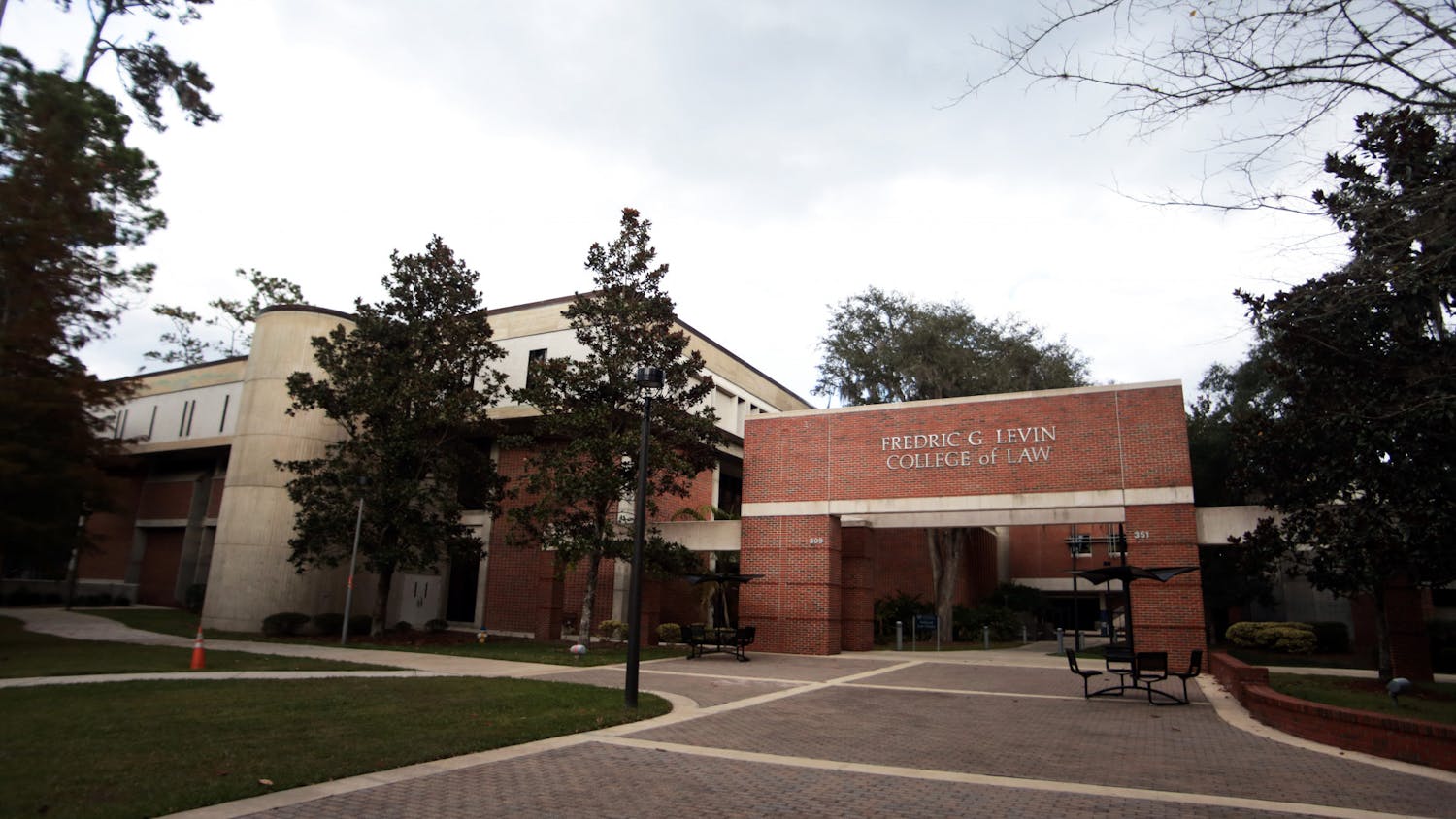Three billion light-years away, two black holes collided and merged to form one larger black hole, sending gravitational waves rippling through the universe.
Meanwhile, on Earth, researchers from the Laser Interferometer Gravitational-Wave Observatory project, or LIGO —using hardware and software created in part by UF faculty— detected these changes.
LIGO Director and UF physics professor David Reitze said when a star with more than 2.8 times the mass of the sun collapses, its gravity becomes so powerful that not even light can escape from its core, creating a black hole. It absorbs everything that comes close enough, including light.
The LIGO project uses laser technology to detect changes in gravity from cosmic entities such as this. The laser travels about 2 1/2 miles between two mirrors, and it only distorts when the sound caused by two of these collapsed stars colliding reaches Earth, Reitze said.
While this was not the first time the observatory detected two black holes colliding, there are some key differences.
Reitze said the first difference is that the two black holes, before and after merging, are larger than any other that was previously discovered.
“When they collide, their event horizons collide and produce a much larger black hole, in this case 49 solar masses,” Reitze said. “LIGO is discovering a new class of black holes that are more massive than past black holes.”
Additionally, these black holes are the furthest from Earth to be discovered, showing that black holes exist in the far reaches of the universe.
Reitze said the collision showed how the black holes orbit each other. Originally, scientists thought black holes orbit each other in the same way the moon and Earth orbit each other.
However, the data shows they do not orbit each other at a constant rate.
Guido Mueller, a UF physics professor, noted the existence of gravitational waves detected by LIGO helps to support Einstein’s theory of relativity.
He said the existence of gravitational waves helps to shed light on what occurs when two cosmic entities orbit each other.
“Once they get closer and closer, space-time is so much deformed that we have a hard time understanding what is going on,” he said. “The gravitational waves will actually tell us what is going on and can help us understand relativity more completely.”
Contact Adam Turner at aturner@alligator.org and follow him on Twitter: @fladam98.
An artist’s rendering of two black holes prior to their merge. Black holes have such a strong gravitational pull, nothing is able to escape, including light. The merged black hole has a mass 49 times that of the sun.






